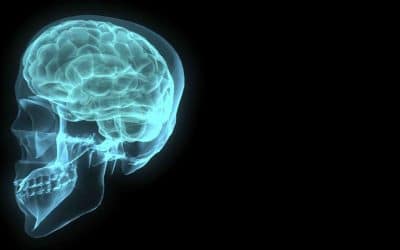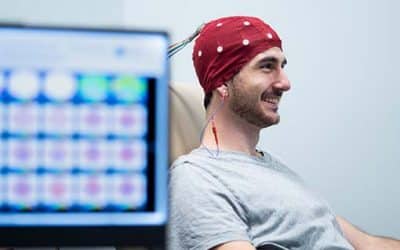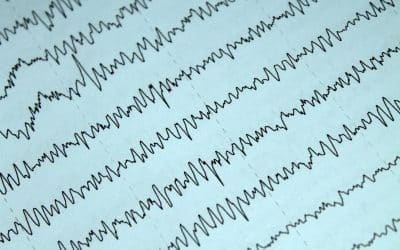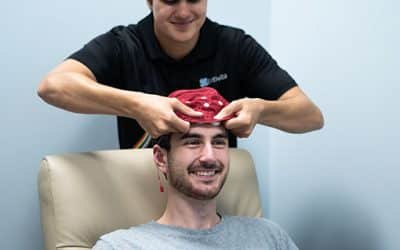Abstract: Brain-computer interfaces (BCIs) enable control of computers and other assistive devices, such as neuro-prostheses, which are used for communication, movement restoration, neuro-modulation, and muscle stimulation, by using only signals measured directly from...
Neurofeedback
Dysregulated relationship of inflammation and oxidative stress in major depression
Abstract Chronic inflammation and oxidative stress have been implicated in the pathophysiology of Major Depressive Disorder (MDD), as well as in a number of chronic medical conditions. The aim of this study was to examine the relationship between peripheral...
Role of Antioxidants in Generalised Anxiety Disorder and Depression
Abstract Background: Anxiety and depression form commonest stress-induced psychiatric disorders. To combat the biochemical changes which occur as a result of stress, there is antioxidant defence in the biological system. Secondary defence is by the nonenzymatic...
What is Neurofeedback: An Update
Abstract Written to educate both professionals and the general public, this article provides an update and overview of the field of neurofeedback (EEG biofeedback). The process of assessment and neurofeedback training is explained. Then, areas in which neurofeedback...
Frontal EEG asymmetry and symptom response to cognitive behavioral therapy in patients with social anxiety disorder
Abstract Although previous studies have shown that socially anxious individuals exhibit greater relative right frontal electroencephalogram (EEG) activity at rest, no studies have investigated whether improvements in symptoms as a result of treatment are associated...
A new neurofeedback protocol for depression
Abstract Context: Neurofeedback represents an exciting complementary option in the treatment of depression that builds upon a huge body of research on electroencephalographic correlates of depression. Objective: The objectives of this article are threefold: review the...
Neurofeedback treatment in autism. Preliminary findings in behavioral, cognitive, and neurophysiological functioning
Abstract Effects of neurofeedback treatment were investigated in children with autism spectrum disorders (ASD). Sixty percent of the participants in the treatment group successfully reduced excessive theta power during neurofeedback treatment. Reduction of theta power...
The Impact of Thiamine Treatment on Generalized Anxiety Disorde
Abstract Objective: Patients with generalized anxiety disorder (GAD) are fearful. They constantly worried about minor matters, and they anticipate the worst. The GAD is diagnosed when a patient experiences excessive anxiety and worry for at least 6 months. The cause...
Attention-deficit hyperactivity disorder (ADHD) and glial integrity: an exploration of associations of cytokines and kynurenine metabolites with symptoms and attention
Abstract Background: In contrast to studies of depression and psychosis, the first part of this study showed no major differences in serum levels of cytokines and tryptophan metabolites between healthy children and those with attention-deficit/hyperactivity disorder...









